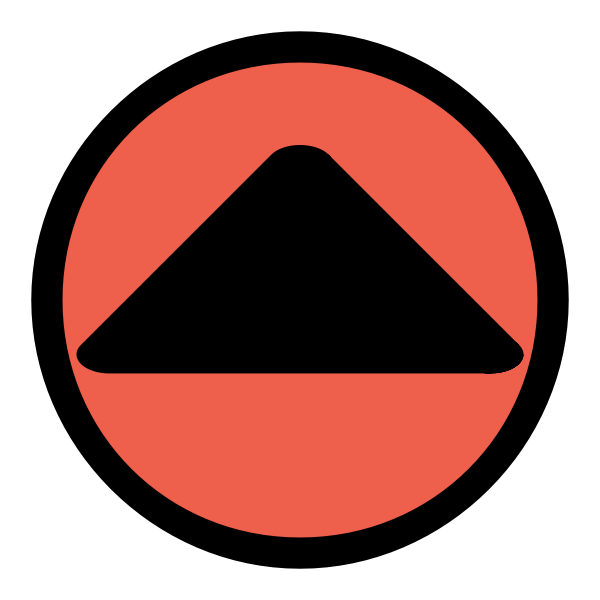

Given that it is a powerful tool and it does not offer you any form of user-guide, advanced computer operating skills might aid you greatly. It provides you with an overwhelming amount of network statistics, so that you can view an in-depth analysis of your on-line activity.
#Gtk gnutella from command line install Pc#
This program comes with a rather complicated, unattractive user interface that might puzzle even advanced PC users.
#Gtk gnutella from command line install install#
Note that you might need to install GTK+ in order for this program to run as intended. Instead of having to wait for the ads to close or refresh the unintelligible captchas, you can rely on peer-to-peer (P2P) sharing software, such as gtk-gnutella, that allows you to achieve the same results in a faster way. Set window position, default size, and title.Nowadays, downloading certain files from the Internet requires you to waste time by skipping advertisements, solving captchas and bypassing other elements that the uploader monetizes its content with. G_signal_connect(window, "button-press-event", You can close window when you exit button. G_signal_connect(G_OBJECT(darea), "draw", Attaching draw function to the main method. Gtk_widget_add_events(window, GDK_BUTTON_PRESS_MASK) You need this to register mouse clicks. Gtk_container_add(GTK_CONTAINER(window), darea) Window = gtk_window_new(GTK_WINDOW_TOPLEVEL) Set global count 0, so array is at beginning whenver program starts. widget variables, window and drawing area. *Note: printf is used during debugging to find mouse click coordinates :)Ĭairo_set_source_rgb(cr, 0, 0, 0) //Line colourĬairo_set_line_width(cr, 0.5) //Line widthĬairo_move_to(cr, ordx, ordy) *Use: It sets cairo canvas settings, and draws shapes with a for loop Static gboolean on_draw_event(GtkWidget *widget, cairo_t *cr, gpointer user_data) *Example: g_signal_connect(G_OBJECT(darea), "draw", G_CALLBACK(on_draw_event), NULL) *Use: This is the function we attach to the main method when we want to draw. *Parameters: GtkWidget, cairo_t, gpointer * count is index of arrays, coordx and coordy are x and y coordinates of the mouse * Global variables for storing mouse coordinates, Static gboolean clicked(GtkWidget *widget, GdkEventButton *event, gpointer user_data) * Note: the above command line uses backticks (`), it's right before 1 on your keyboard. * Working 2020 example if this got you stuck, * C program for basic drawing with GTK+ and cairo.

* To compile: gcc linetest.c -o linetest `pkg-config -cflags -libs gtk+-3.0` I've added comments to explain what's happening. This is the Zetcode example refactored to work with GTK3, and it draws what you want so the lines are not weirdly connected. G_signal_connect (G_OBJECT (drawing_area), "draw", G_CALLBACK (draw_callback), NULL) Īnyone doing this in 2020. Gtk_widget_set_size_request (drawing_area, 200, 100) Gtk_container_add (GTK_CONTAINER (window), drawing_area) G_signal_connect (window, "destroy", G_CALLBACK (gtk_main_quit), NULL) Window = gtk_window_new (GTK_WINDOW_TOPLEVEL) Gtk_style_context_get_color (context, gtk_style_context_get_state (context), &color) Gtk_render_background(context, cr, 0, 0, width, height) Ĭairo_arc (cr, width/2.0, height/2.0, MIN (width, height) / 2.0, 0, 2 * G_PI) Height = gtk_widget_get_allocated_height (widget) Width = gtk_widget_get_allocated_width (widget) Gboolean draw_callback (GtkWidget *widget, cairo_t *cr, gpointer data)Ĭontext = gtk_widget_get_style_context (widget) To compile: gcc draw.c `pkg-config -cflags gtk+-3.0 -libs gtk+-3.0` -o draw #include Make sure gtk3-devel is installed (in Fedora #dnf install gtk3-devel)


 0 kommentar(er)
0 kommentar(er)
